Original author: YBB Capital Researcher Zeke
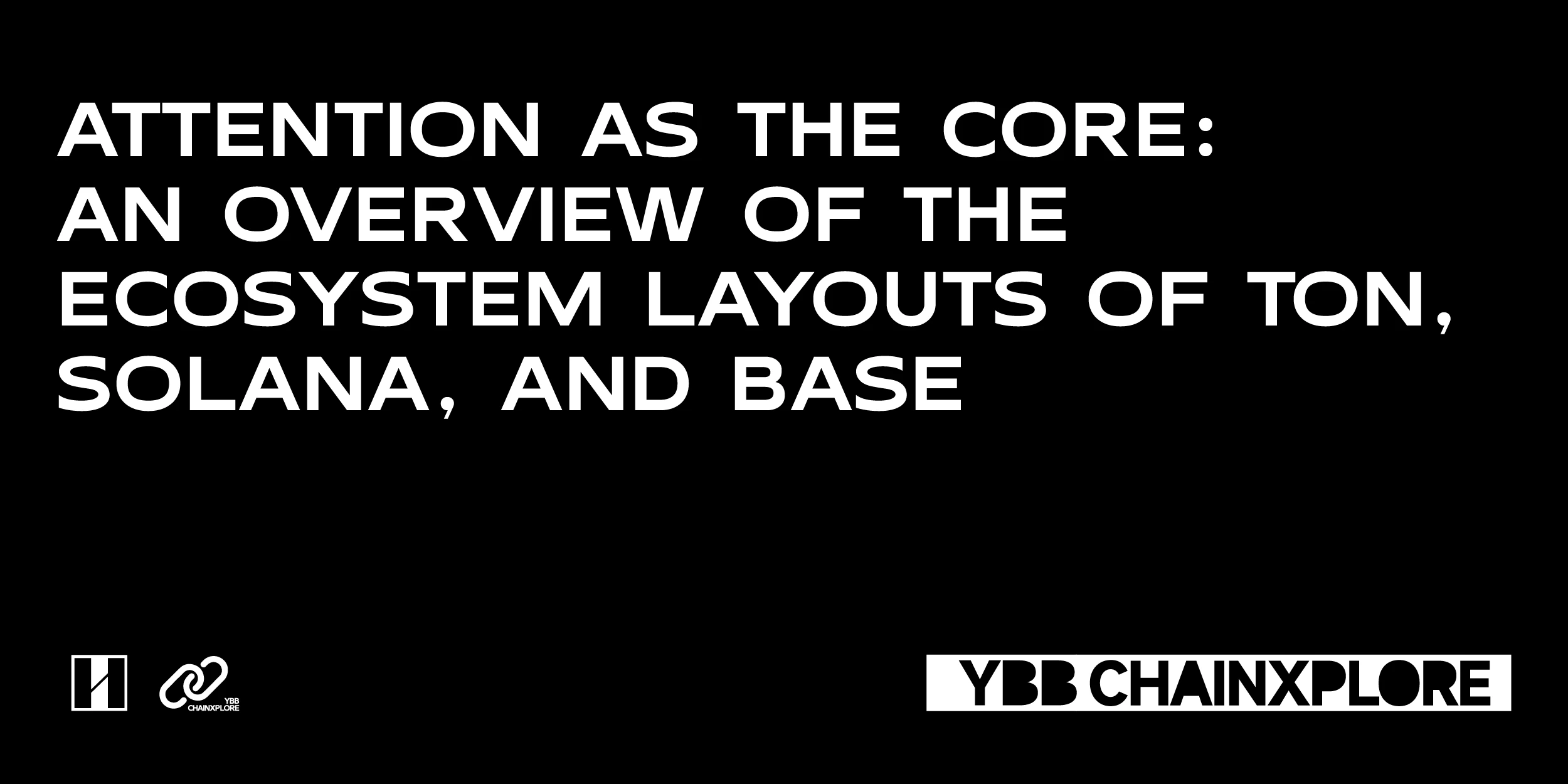
TLDR
The current development path of Web3 is shifting from competing for TVL and building a DeFi ecosystem to the attention economy. In Web3, SocialFi and Meme are typical representatives of the attention economy. TON, Solana, and Base are among the best.
TON currently has great potential. Mini games and Mini Apps are unprecedentedly popular. In addition, it has attracted the attention of leading exchanges. Solanas Blinks still has many potential problems to be solved and is difficult to popularize. Base is gradually gaining momentum under the management of CB.
The best economic model may be no economic model. Once something can be calculated, its life cycle and ceiling will have an upper limit.
1. Embrace the attention economy
Ethereum has completed the transformation from 0 to 1, but the entire industry has fallen into a vicious circle of how to solve the problem from 1 to N. So much so that in most of our articles this year, they are basically centered around how the underlying infrastructure can make up for the modular defects, and lack discussion on applications and ecology. We mentioned in the previous article that the lack of applications is because Layer 2 is not enough to support the emergence of super applications. In fact, in addition to the limitations of virtual machines and the problem of TPS ceiling, the goals of most Layer 2s are still on how to maximize the value of the main chain through incentives and DeFi ecology, and ultimately quickly occupy the high ground on TVL. Pure template-based play ideas will only give birth to a bunch of faster, cheaper, and less liquid Ethereums, and this high degree of homogeneity makes no difference in the users experience perception.
However, in contrast to the “templated public chain”, emerging ecosystems such as TON, Solana, and Base are embracing the development of the attention economy and are truly prospering on the chain. According to the encyclopedia, the so-called attention economy refers to an economic model that maximizes the attention of users or consumers and cultivates potential consumer groups in order to obtain the greatest future commercial benefits. In this economic state, the most important resource is neither monetary capital in the traditional sense nor information itself, but the attention of the public. Only by making the public pay attention to a certain product can they become consumers. One of the important means to attract the attention of the public is visual competition, which is why the attention economy can also be called the “eyeball economy”.
In Web2, most social or search engines such as YouTube, Twitter, Google, and Tik Tok are representatives of the attention economy. Lets take a simple example. Have you ever paid for using these platforms? I believe that most peoples answer must be no. Then have you ever observed that these platforms always push advertisements for products you like? This means someone is buying your attention, which is also one of the main ways for such platforms to earn money. Converting traffic into goods is enough to support these Internet giants with a total scale of trillions.
In Web3, SocialFi and Meme are the representatives of the attention economy. We will not go into too much detail about Meme, and we will mainly talk about todays SocialFi. Whether it is Friend.tech or Solanas Blinks, they all belong to SocialFi in my classification, and even the public chain TON can be included in the Social type of application chain. The form of the three is not important. Whether it is a project, a component or a public chain, their ultimate goal is to convert the public domain traffic of traditional Web2 social media into private domain traffic and profit from it. This is exactly the same as what I wrote when discussing non-financial applications more than a year ago, that the best Web3 non-financial application should be to suck blood from Web2, rather than to reconstruct some heavy applications that have been falsified in Web2.
2. TON
2.1 Architecture
The original intention of TONs design was to enable Telegram to make smooth payments and run Mini Apps, and it did not consider traditional DeFi applications. This is also the fundamental reason why its TVL is much lower than other leading public chains. The reason why a chain is designed, rather than embedded mini-programs and payments like WeChat, is because TGs user base is spread all over the world, and it is difficult to reach a consensus on currency and regulation. At this time, blockchain can serve as a good source of trust. I will briefly describe the architecture of TON here:
Multi-chain structure: TON adopts a multi-chain architecture, including a master chain and multiple work chains. This structure allows different types of transactions and applications to be processed in parallel on different chains, greatly improving the overall throughput;
Mainchain: Masterchain is the core of the TON network, storing the network configuration and the final status of all working chains. It maintains the list of active validators, their rights, active working chains, and information about related shard chains;
Workchains: Workchains are customized blockchains that can be optimized for specific types of transactions or use cases. Each workchain can have its own rules, consensus mechanism, and token economics;
Shardchains: Each working chain can be further split into up to 2^60 shardchains. This extreme sharding capability enables TON to handle a large number of concurrent transactions;
Dynamic Sharding: TON uses dynamic sharding technology, which can automatically split or merge shard chains according to network load to maintain the appropriate size and efficiency of each shard chain;
Hypercube Routing: TON uses hypercube routing technology to achieve efficient communication between shard chains, ensuring that transactions within the entire ecosystem can proceed smoothly;
Validator network: TON uses the Proof of Stake (PoS) mechanism, and validators participate in network maintenance and transaction verification by staking Toncoin;
TON DNS: TON includes a domain name system that assigns human-readable names to accounts and smart contracts, improving usability;
TON Storage: Based on technology similar to BitTorrent, TON provides a decentralized file storage solution;
TON Proxy: Provides decentralized VPN and TOR-like services to enhance user privacy and anti-censorship capabilities;
TON Payments: A payment channel system similar to the Lightning Network for efficient processing of small payments;
TON Service: Provides a platform for developers to deploy applications and smart contracts.
This complex architectural design enables TON to theoretically scale infinitely, processing millions of transactions per second from billions of users, while maintaining high speed, low fees and decentralization, providing infrastructure for a variety of applications and use cases. But on the contrary, in addition to the above-mentioned unfriendly situation to DeFi, this architecture also has problems of centralization and complexity.
2.2 Mini Games
The launch of Notcoin on Binance has completely ignited the craze for Tap-to-Earn mini-games in the TON ecosystem. From the perspective of traffic distribution, Tap-to-Earn is extremely successful. On the other hand, Binance Labs also bet on TONs mini-game ecosystem for its first investment after nearly half a year of silence. Although this may be just for the exchange to attract more new users, Binance is the biggest weathervane in the circle after all. This at least proves one thing from the side, that is, Binance is sure that Notcoin will not be the last hit.
So, back to the core question, is the airdrop plus mini-game really sustainable? Most of us should have come into contact with a very popular WeChat mini-game in 2022 - Sheep Sheep. The game guides users through an extremely simple first level, but the difficulty increases sharply in the second level. The accumulation of user frustration and the strong desire to win and lose formed among friends make users frantically forward and watch advertisements in WeChat in order to obtain props and resurrections to pass the game. Social fission plus special era factors made this product the hottest phenomenon-level game of the year, and it is rumored online that the single-day advertising revenue of this game is close to 5 million yuan.
Simply put, a successful mini-game monetization path should maintain user stickiness through addiction, and realize monetization through advertising or recharge income, that is, game-advertising/recharge-monetization/exit such a simple logic. But is this easy to implement in Web3? I think it is difficult and unsustainable. Although many project parties are currently purchasing the source code of some mini-games, they attempt to achieve a closed loop through the expectation of airdrops combined with this traditional path, or use the exchange rebate code to achieve traffic distribution when they cannot even receive advertisements. In the most optimistic case, they can get rich by tokens. But in fact, the intuitive feeling that most of the current Tap-to-Earn games give me is homogenization-in-studio airdrops-lack of user stickiness-coin issuance is death. After being falsified, only a very small number of boutique projects will remain, and the end of most projects will be that they cannot control witches and ultimately cannot recover their costs.
Finally, from the perspective of retail investors, I think it is still possible to take a gamble and participate appropriately. First of all, the cost of participation is close to 0. On the other hand, I personally think that Binance intends to use its influence to recreate several STEPNs. Most of the projects in the TON ecosystem are in line with the aesthetic logic of the top exchanges for projects. That is, low market value and high users. Notcoin is also the only small and medium-sized project in this round that is listed on both OKX and Binance at the same time. The almost crazy pull-up method after the launch, as well as Binance’s current attitude towards TON (recently announced the airdrop of Banana Gun to Binance Holders), all these signals make me feel the taste of STEPN back then. Of course, Binance’s ultimate goal is to consume a large number of projects to lift the sedan chair of BNB. It is not important whether it continues or not, as long as it can explode.
2.3 Mini App
Mini App has always been one of my favorite directions. For Web3, this is an interesting attempt towards Mass Adoption. I will not go into too much detail about what Mini App can do. We can still get the answer from WeChat. Simply put, the two can complement each other. Mini App has more advantages than WeChat in terms of coverage and application flexibility. Just imagine a very simple scenario. A small or medium-sized e-commerce platform wants to enter the market in multiple countries today and needs to provide subsidies to users. If it enters the market through local traditional social applications, it will inevitably face a lot of publicity and time costs. However, in addition to being able to track the completion of user tasks more effectively, the use of TON also has much lower costs and transparency. This is the bottom-up advantage of blockchain.
2.4 One of the best abstraction layers of Web3
Solanas Meme Summer this year not only made itself popular, but also made TG Bot popular. At that time, the transaction volume of the top bots alone could reach hundreds of millions of dollars a day. The common problem of Web3 dapp is that the entry product is not user-friendly, which has given rise to many abstract layer projects. These projects often use the slogan of chain-free to promote themselves, but the fact is that the more abstract and complex they are, the more they can never find a balance between security and ease of use. In my mind, there are only three projects that are most user-friendly for accessing the chain: OKX Web3 wallet, UXUY, and TON.
There is no need to say much about the first two. In the inscription craze, they have gained the favor of a large number of users with the most friendly mobile user experience, and have also contributed key strength to the prosperity of the inscription ecosystem. TG Bot is special. It is not an official application, but is developed by individual project parties. It basically supports all token sniping and transactions of major public chains, and has more convenient and faster operations than the web page. From development to user mobile terminal experience, it is extremely friendly. With this idea, we can actually expand a lot of imagination, such as introducing DeFi, chain games and task platforms of external chains in the form of Mini App. There are actually many projects involved in this area, and there are ways to achieve decentralization. Perhaps in the near future we will achieve true chain-free in TG.
3. Solana Blinks Actions
3.1 Architecture
Blinks and Actions are not complicated from a technical perspective. The reason for developing this set of tools is more based on Solanas observation of the huge potential of the attention economy from Meme Summer and the importance of lowering the user threshold. Therefore, its purpose is similar to TON, aiming to use social networking as its second layer. Here we quote the content of our previous research report to talk about the architecture of the two:
Actions (Solana Actions)
Official definition: Solana Actions are specification-compliant APIs that return transactions on the Solana blockchain that can be previewed, signed, and sent in a variety of different contexts, including QR codes, buttons + widgets (user interface elements), and websites on the Internet.
Actions can be simply understood as transactions to be signed. In the Solana network, Actions can be understood as an abstract description of the transaction processing mechanism, covering a variety of tasks such as transaction processing, contract execution, and data operations. In terms of applications, users can send transactions through Actions, including token transfers, purchases of digital assets, etc. Similarly, developers also use Actions to call and execute smart contracts to implement complex on-chain logic.
Solana uses the form of Transaction to handle these tasks. Each transaction consists of a series of instructions that are executed between specific accounts. By parallel processing and utilizing the Gulf Stream protocol, Solana forwards transactions to validators in advance, thereby reducing the delay in transaction confirmation. Through a fine-grained locking mechanism, Solana is able to process a large number of non-conflicting transactions at the same time, greatly improving the throughput of the system;
Solana uses Runtime to execute transactions and smart contract instructions, ensuring the correctness of the input, output, and status of transactions during execution. After the initial execution, the transaction will wait for block confirmation. Once the block is agreed by the majority of validators, the transaction is considered final. The Solana network is capable of processing thousands of transactions per second, with transaction confirmation times as low as less than 400 milliseconds. Thanks to the Pipeline and Gulf Stream mechanisms, the networks throughput and performance are further improved;
Actions do not just refer to certain tasks or operations, they can be transactions, contract executions, data processing, etc. These operations are similar to transactions or contract calls in other blockchains, but in Solana, Actions have their own unique advantages: First, efficient processing. Solana has designed an efficient way to process these Actions so that they can be quickly executed in a large-scale network. Secondly, low latency. Thanks to Solanas high-performance architecture, the processing latency of Actions is very low, allowing Solana to support high-frequency transactions and applications. Finally, flexibility. Actions can be used to perform a variety of complex operations, including the call of smart contracts, the storage and reading of data, etc.
Blinks(Blockchain links)
Official definition: Blinks converts any Solana Action into a shareable, metadata-rich link. Blinks enables clients that support Actions (browser extension wallets, robots) to display more functionality to users. On a website, Blinks can immediately trigger a transaction preview in the wallet without jumping to a decentralized application; in Discord, a robot can expand Blinks into a set of interactive buttons. This enables any web interface that can display a URL to achieve on-chain interaction.
In laymans terms, Solana Blinks converts Solana Action into a shareable link (equivalent to http). By enabling the relevant functions in supporting wallets such as Phantom, Backpack, and Solflare Wallet, websites and social media can be transformed into places for on-chain transactions, allowing any website with a URL to directly initiate Solana transactions.
The direct purpose of ActionsBlinks is to directly http link Solanas on-chain operations and share them to Web2 application products such as Twitter.
3.2 Application Examples
This paragraph is excerpted from some of the 33 usages compiled by @starzqeth
1. Send red envelopes on social media
Author: @zen 913
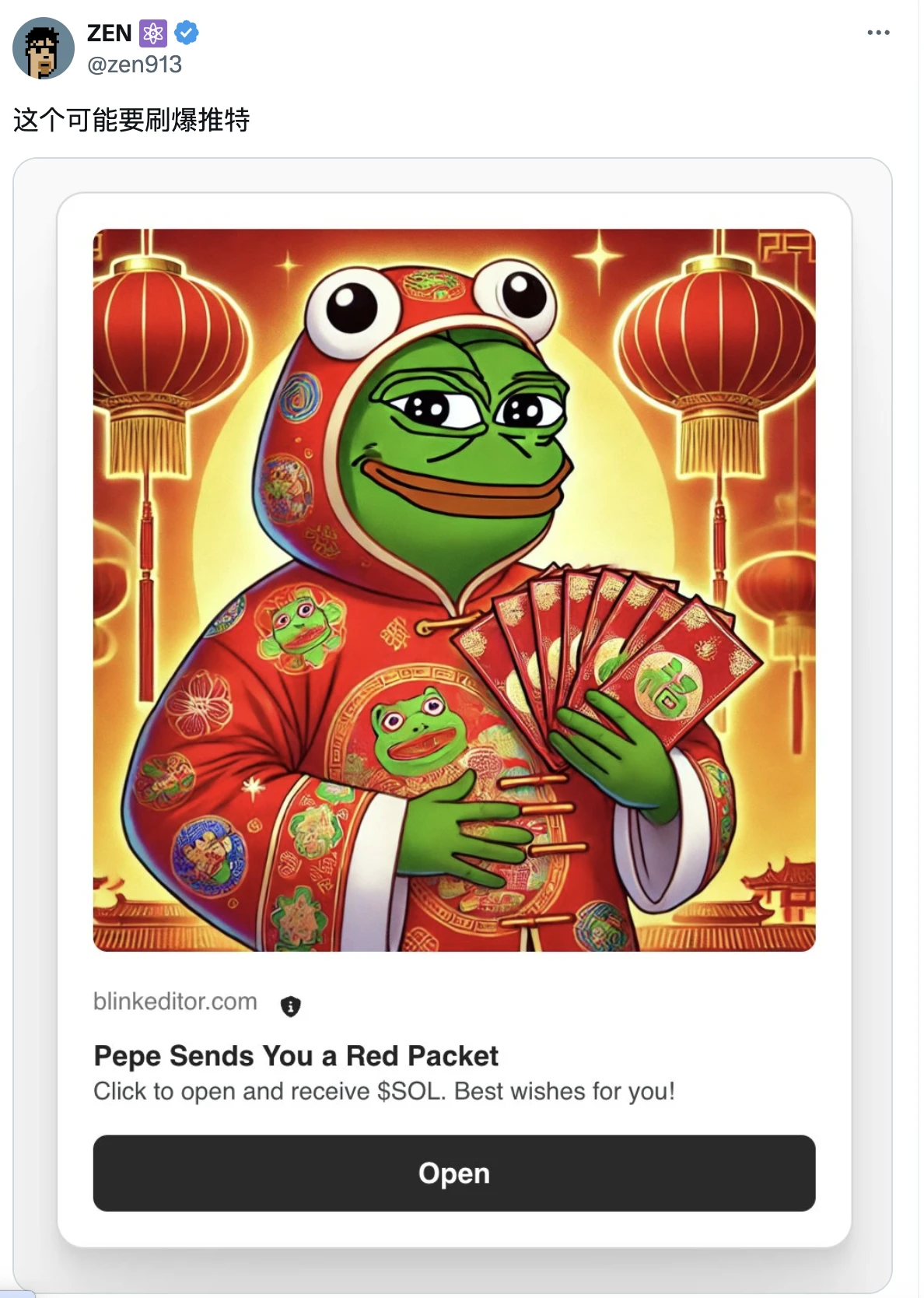
2. Promote Memes with Blinks
Author: @MeteoraAG
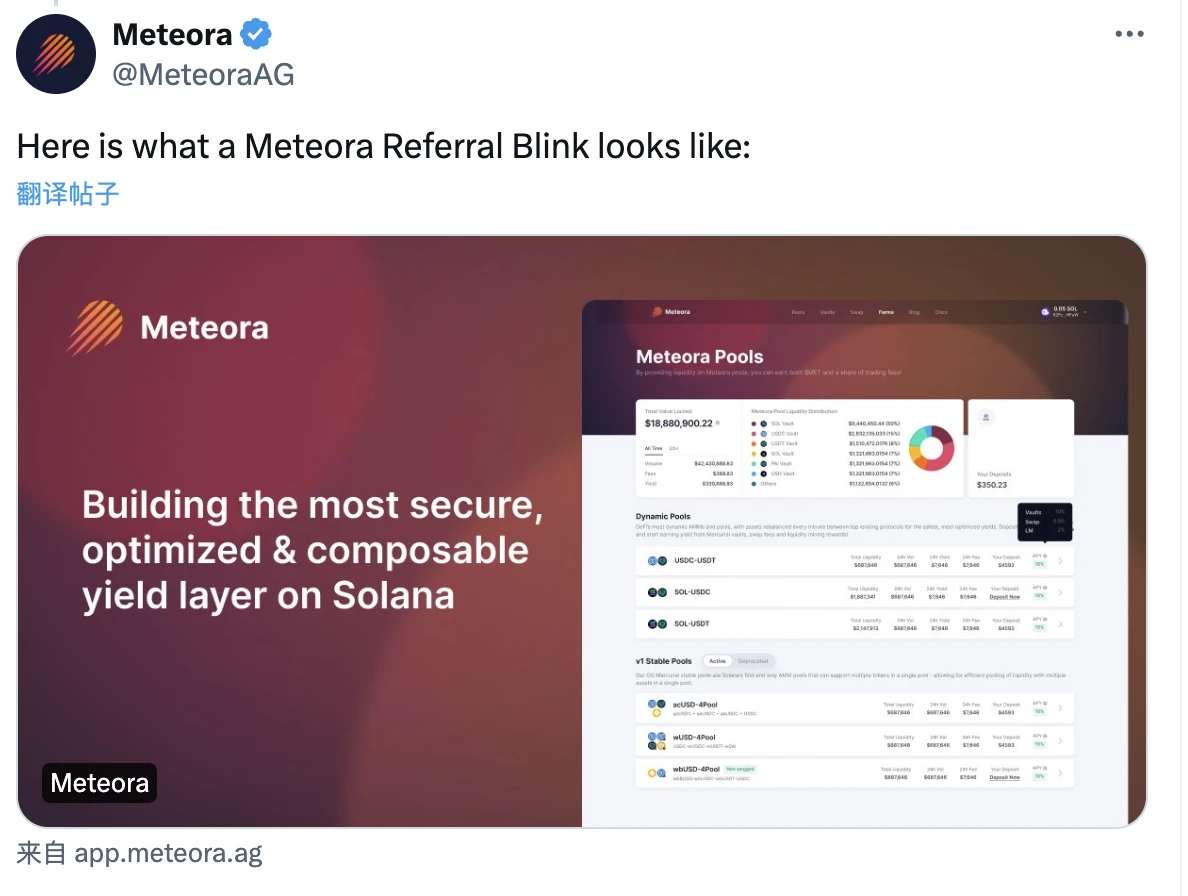
3. Trade in DM
Author: ft. @tensor_hq
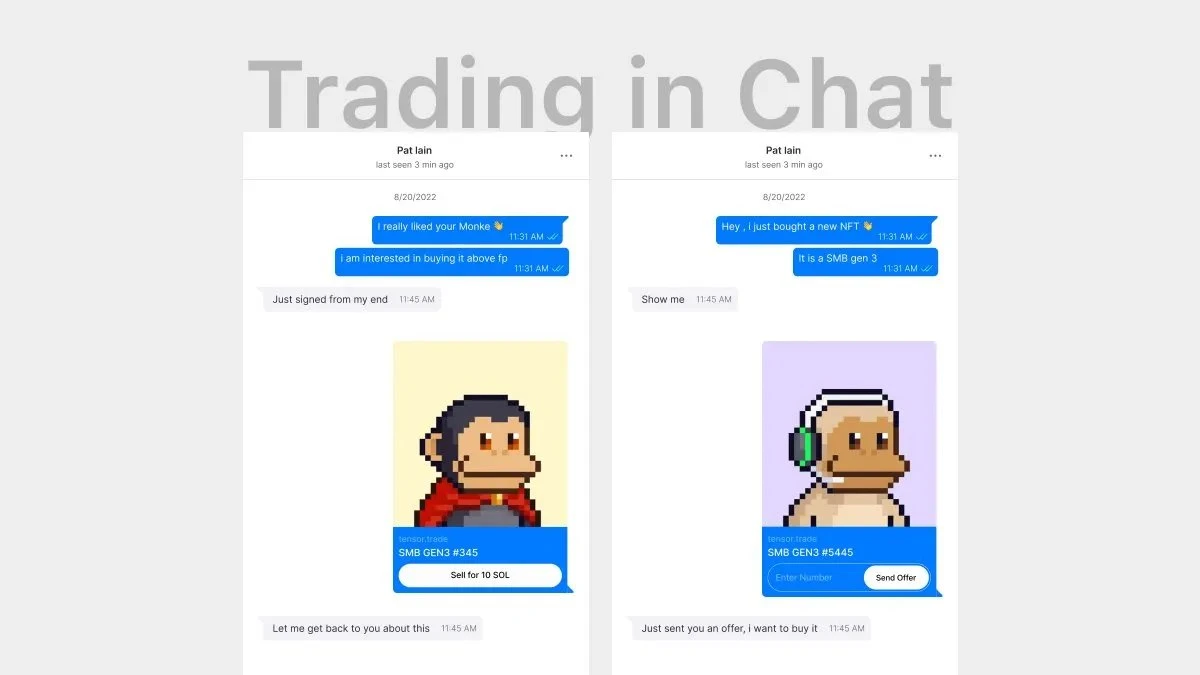
4. Tip on social media
Author: @zen 913
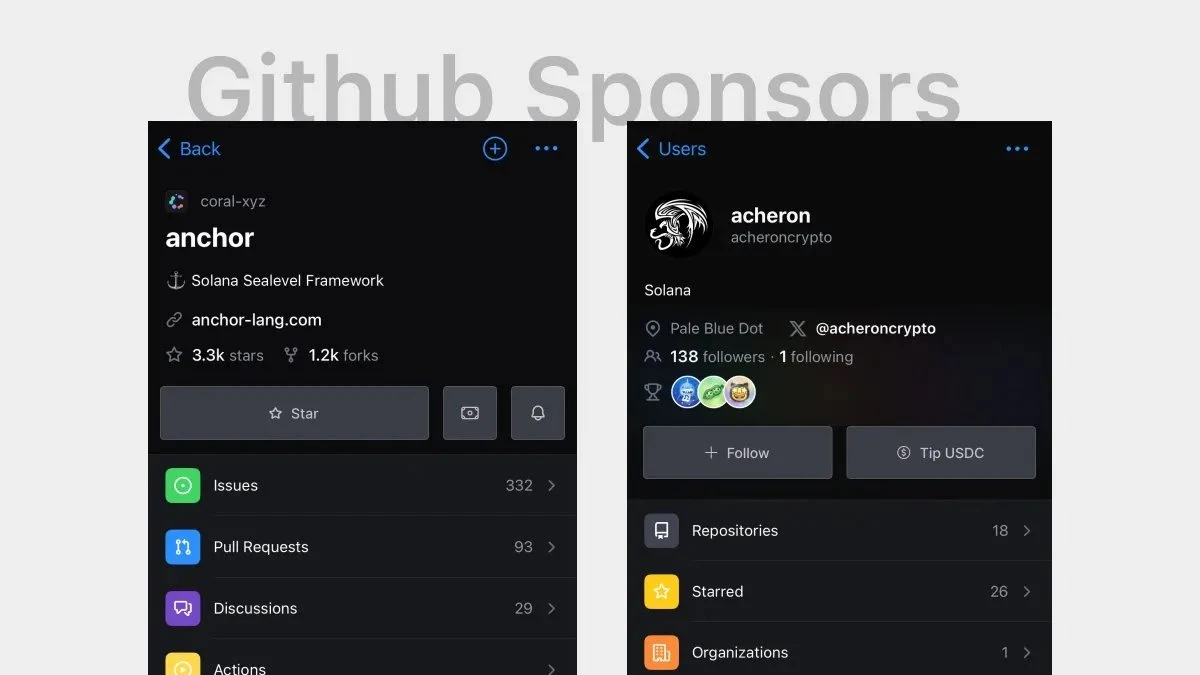
3.3 Lack of security
Blinks looks cool and has been very popular in the circle recently, but unfortunately the actual use experience is not very good. First of all, this function is not very friendly to users of mobile terminals. Secondly, any action will jump to the detailed web page and then link the wallet and sign the transaction. The close integration with the wallet will also double the risk. Would you dare to sign and complete the entire transaction in a link posted by a stranger?
Compared with TON, the advantages of Blinks are actually only wider dissemination and simpler, but in terms of user experience, it is not very comparable to the integrated experience of TG+TON. In terms of security, it is not just a question of whether to decentralize or not, it needs to be completely solved by wallet detection. Therefore, Blinks is more like an attempt at present, which gives other public chains some ideas, but there are still many security issues that need to be supplemented.
4.Base
4.1 Take-off without issuing coins
I believe everyone is already familiar with the architecture of Base, so I won’t go into details here. One thing similar to TON is that both have a very powerful father. The history of the chain is very similar to that of Solana in this round. It relies on Meme to start, does not rely on point PUA, and can rush to the top of OP just by making a fortune. In the early stage, Friend.tech was crazy about attracting customers, and after abandoning Friend.tech, its own Farcaster dragged down the bottom. It can only be said that Coinbase knows how to operate crypto projects.
4.2 Farcaster
Farcaster is another answer to SocialFi. Simply put, Farcaster is an open social protocol framework that allows developers to build various social applications, similar to the email protocol supporting multiple clients. Its outstanding feature is interoperability. It is designed to interact seamlessly with other blockchain networks to achieve smooth exchange of information and assets across different platforms. This makes it possible to build multiple social media dapps on top of the Farcster protocol, such as the popular Twitter-like platform Warpcast.
4.3 Application Examples
Here is a quote from Wilson Lee, a core contributor to the Biteye community
WrapCast
Warpcast is the core application under the Farcaster protocol and the first Farcaster client. It was developed by a team of top engineers formed by Dan for more than a year. Its overall architecture is similar to traditional Web2 social software, and its user experience is smooth. It currently accounts for 90% of the Farcaster protocol traffic.
The registration process for Warpcast is simple. The system will automatically generate a bound wallet for the user. All Warpcast accounts are associated with a Farcaster ID, and the generated content is stored in the Farcaster Hub.
This design allows even non-cryptocurrency users to easily enter the on-chain world, greatly reducing the cognitive threshold for new users.
For users who are familiar with on-chain interactions, they can also bind their commonly used cryptocurrency wallets. These adjustments make Warpcast not only user-friendly, but also play an important role in promoting the growth of the Farcaster ecosystem and user acceptance.
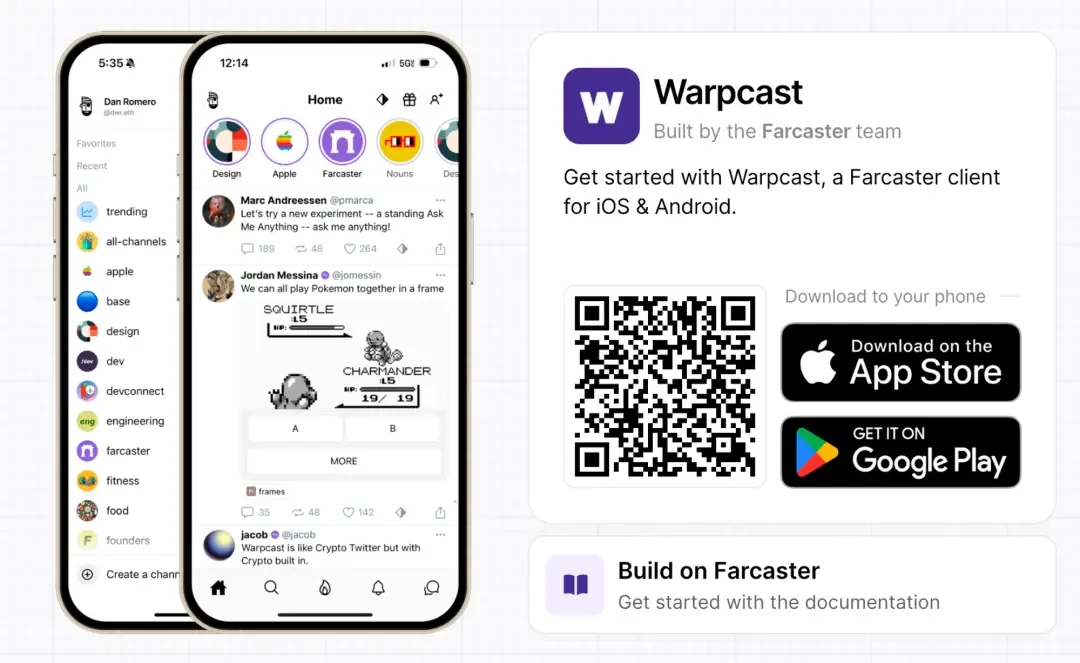
Jam
Jam is a creator economy platform based on Farcaster that can convert every tweet of a user on Warpcast into an NFT asset similar to Friend.tech Key. Users can buy/sell each tweet, and the price is determined by the Bonding Curve as shown below.
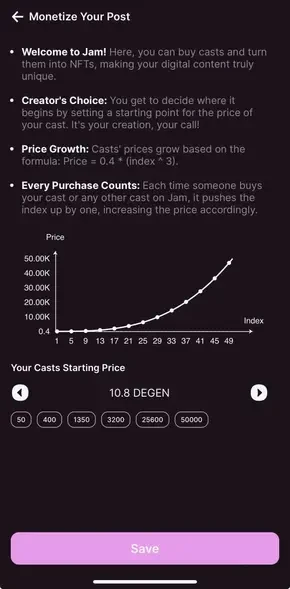
Clubcast
ClubCast is an application on Farcaster similar to Knowledge Planet. It has enabled the Token-Gated Casts function. Users need to pay to purchase other users Club Tokens before they can unlock and view hidden content in club cast. xyz or Frame. Currently, developer permission is required to use it.
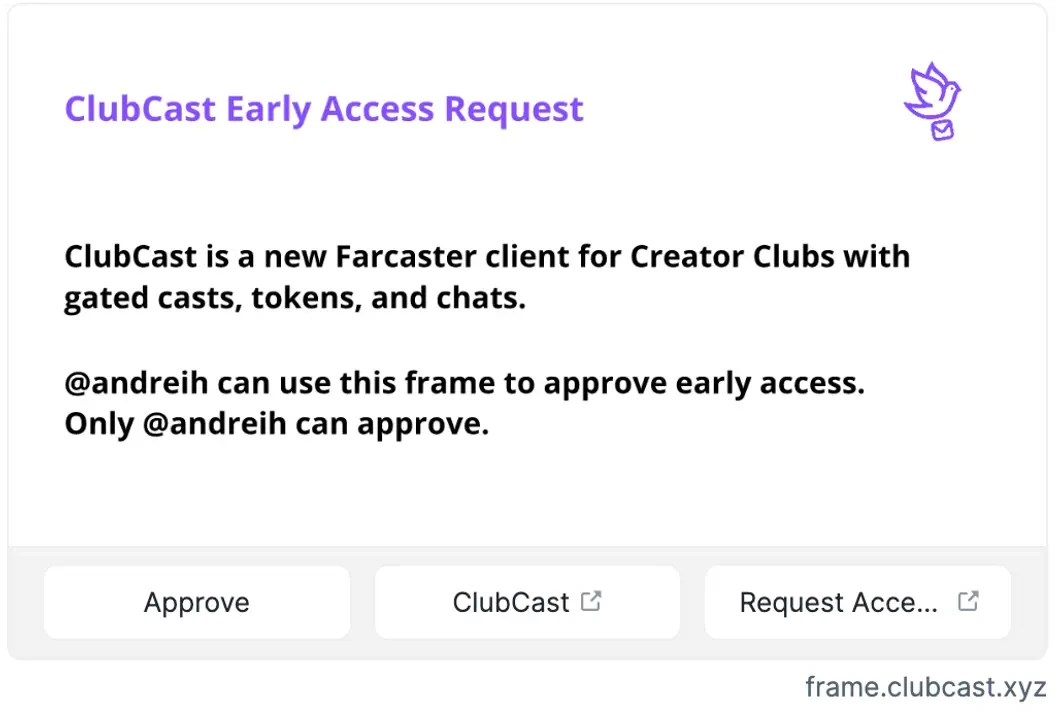
4.4 The best economic model may be no economic model
Base hopes to consolidate itself by providing a variety of SocialFi applications through Farcaster, which is different from the way that Ton, Blinks, etc. only attract and convert users from Web2. Farcaster is the most traditional Web3 social protocol, which includes light applications that enable Web2 and reconstructed heavy applications. Both are more closely integrated with Fi, so they first need to face the problems of content pricing and economic model design. Heavy applications also face the problems of lack of content and scarcity of users.
We have already answered the question about heavy applications at the beginning of the article, so how should we think about the design of economic models? From Friend.tech to Pump.fun, the best economic model may be to have no economic model, not to set a pricing curve for the content and let it develop freely. Looking back at the heyday of Friend.tech, there were a lot of discussions around the Key pricing model. In fact, once something can be calculated, then there will be an upper limit to its life cycle and ceiling.










